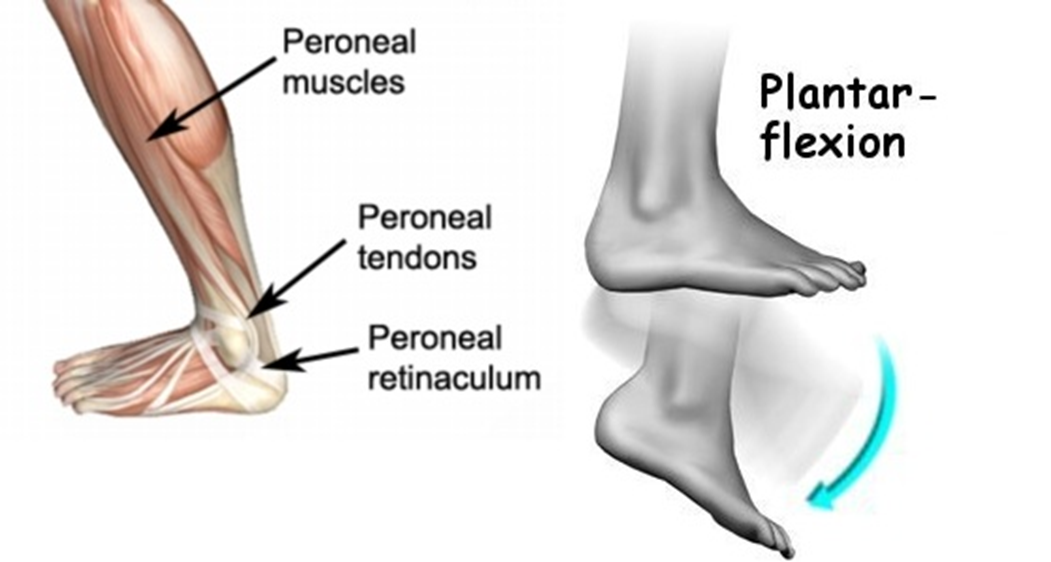An acute care nurse receives a shift report for a client who has increased intracranial pressure. The nurse is told that the client demonstrates decorticate posturing. Which of the following findings should the nurse expect to observe when assessing the client?
Pronation of the hands.
Extension of the arms.
External rotation of the lower extremities.
Plantar flexion of the legs.
The Correct Answer is D
Choice A Reason:
Pronation of the hands.
Pronation of the hands is not typically associated with decorticate posturing. Decorticate posturing is characterized by the flexion of the arms and wrists, with the hands often clenched into fists. Pronation refers to the rotation of the hands so that the palms face downward, which is not a feature of decorticate posturing.
Choice B Reason:
Extension of the arms.
Extension of the arms is more characteristic of decerebrate posturing, not decorticate posturing. In decorticate posturing, the arms are flexed and held tightly to the chest, not extended. This flexion is due to damage to the cerebral hemispheres, which affects the corticospinal tract.
Choice C Reason:
External rotation of the lower extremities.
External rotation of the lower extremities is not a typical finding in decorticate posturing. In decorticate posturing, the legs are usually extended and rigid, with the toes pointed. External rotation would indicate a different type of posturing or neurological condition.
Choice D Reason:
Plantar flexion of the legs.
Plantar flexion of the legs is a characteristic finding in decorticate posturing. This involves the toes pointing downward, which is a result of the increased muscle tone and reflexes due to the brain injury. This posture indicates severe damage to the brain, specifically the corticospinal tract.

Nursing Test Bank
Naxlex Comprehensive Predictor Exams
Related Questions
Correct Answer is C
Explanation
Choice A Reason: Increased Serum Albumin
Increased serum albumin is not a direct indicator of the therapeutic effect of lactulose in patients with chronic hepatitis. Albumin is a protein made by the liver, and its levels can be affected by liver function. However, lactulose primarily works by reducing ammonia levels in the blood, not by increasing albumin levels. Normal serum albumin levels range from 3.5 to 5.5 grams per deciliter (g/dL). While improved liver function might eventually lead to increased albumin levels, this is not the primary therapeutic effect of lactulose.
Choice B Reason: Decreased Serum Bilirubin
Decreased serum bilirubin is also not a direct indicator of lactulose’s therapeutic effect. Bilirubin is a byproduct of the normal breakdown of red blood cells and is processed by the liver. Elevated bilirubin levels can indicate liver dysfunction, but lactulose’s main role is to reduce ammonia levels, not bilirubin. Normal serum bilirubin levels are typically between 0.1 to 1.2 milligrams per deciliter (mg/dL). While improved liver function might reduce bilirubin levels, this is not the primary goal of lactulose therapy.
Choice C Reason: Decreased Serum Ammonia
Decreased serum ammonia is the correct indicator of the therapeutic effect of lactulose in patients with chronic hepatitis. Lactulose is used to treat hepatic encephalopathy, a condition caused by high levels of ammonia in the blood due to liver dysfunction. Lactulose works by converting ammonia into ammonium, which is then excreted from the body. Normal serum ammonia levels are less than 50 micromoles per liter (µmol/L) in adults56. A decrease in serum ammonia levels indicates that lactulose is effectively reducing the toxic levels of ammonia in the blood, thereby achieving its desired therapeutic effect.
Choice D Reason: Decreased Serum Alanine Aminotransferase (ALT)
Decreased serum alanine aminotransferase (ALT) is not a direct indicator of lactulose’s therapeutic effect. ALT is an enzyme found in the liver that helps convert proteins into energy for liver cells. Elevated ALT levels can indicate liver damage. Normal ALT levels range from 7 to 56 units per liter (U/L). While improved liver function might reduce ALT levels, lactulose’s primary role is to reduce ammonia levels, not directly affect ALT.
Correct Answer is ["B","C","D"]
Explanation
Choice A Reason:
Administering 0.45% NS (normal saline) at 50 mL/h is not appropriate for a client with SIADH (Syndrome of Inappropriate Antidiuretic Hormone Secretion). This solution is hypotonic and can exacerbate the condition by increasing water retention and worsening hyponatremia. Therefore, this choice is not included in the plan of care.
Choice B Reason:
Obtaining daily weight is crucial for monitoring fluid balance in clients with SIADH. Daily weights help detect fluid retention or loss, which is essential for managing the condition. Accurate weight measurements can indicate changes in fluid status and guide adjustments in treatment.
Choice C Reason:
Maintaining seizure precautions is vital for clients with SIADH because severe hyponatremia can lead to neurological symptoms, including seizures. Implementing seizure precautions helps ensure the client’s safety and allows for prompt intervention if seizures occur.
Choice D Reason:
Administering 3% saline as ordered is appropriate for treating severe hyponatremia in clients with SIADH. Hypertonic saline helps increase serum sodium levels, which is critical for correcting the electrolyte imbalance. This intervention should be closely monitored to avoid rapid changes in sodium levels.
Choice E Reason:
Encouraging fluid intake is not appropriate for clients with SIADH. The condition is characterized by excessive water retention, and increasing fluid intake can worsen hyponatremia. Instead, fluid restriction is typically recommended to manage the condition effectively.
Whether you are a student looking to ace your exams or a practicing nurse seeking to enhance your expertise , our nursing education contents will empower you with the confidence and competence to make a difference in the lives of patients and become a respected leader in the healthcare field.
Visit Naxlex, invest in your future and unlock endless possibilities with our unparalleled nursing education contents today
Report Wrong Answer on the Current Question
Do you disagree with the answer? If yes, what is your expected answer? Explain.
Kindly be descriptive with the issue you are facing.
